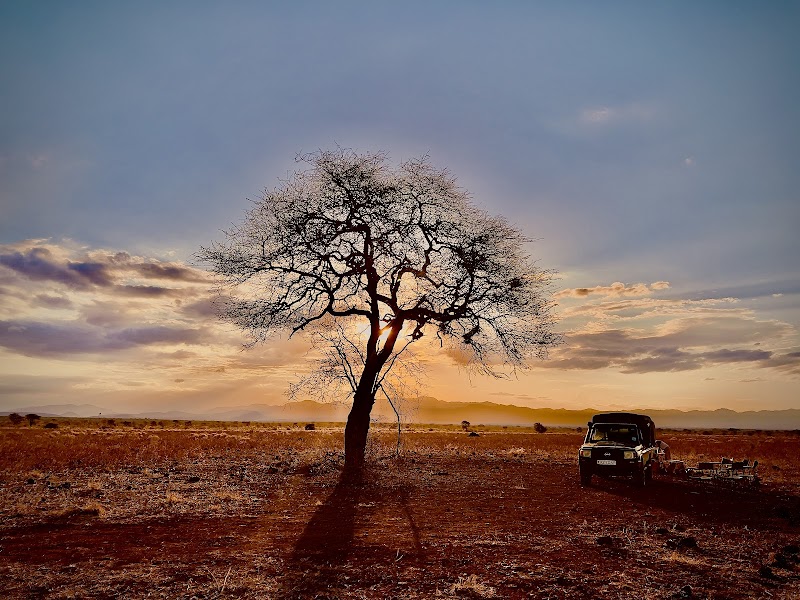
Meru National Park Adventures
Meru National Park spans diverse landscapes in eastern Kenya, offering abundant wildlife viewing and rich biodiversity in a less-visited setting compared to other famous parks.
About Meru National Park

Meru National Park is located in Kenya's Rift Valley Province, east of the Aberdare Range and north of Mount Kenya. Covering approximately 870 square kilometers, the park features a mix of savannah plains, riverine forests, volcanic cones, and wetlands fed by the Tana and the Meru rivers. The varied terrain supports a rich diversity of wildlife including large populations of elephants, lions, African wild dogs, buffalo, and several primate species. The park offers excellent birdwatching opportunities, with over 400 recorded bird species including the African fish eagle and ground hornbill. Established in 1966, Meru National Park has a significant conservation history, famously helping raise awareness for the protection of wild dogs after Joy Adamson's book and film "Born Free" featured Meru’s wildlife. Visitors can enjoy game drives, guided walks, and birding tours, often experiencing solitary encounters with nature due to the park’s relatively low visitor numbers. Key landmarks within the park include the Croc Farm, known for its Nile crocodiles, and the Kora National Reserve border region, the site where renowned conservationist George Adamson was buried. The park provides a remote, tranquil wilderness experience with scenic rivers, diverse habitats, and opportunities to observe rare and vulnerable species in their natural environment.
Highlights
Tana River—Kenya's longest river runs through the park, creating lush habitats and excellent birding spots.
Frequent sightings of African wild dogs, one of the park's most endangered and prized predators.
The Croc Farm—an area known for its large population of Nile crocodiles along the Meru River.
Mount Kiptega—prominent volcanic cones offering rugged terrain and scenic views.
Notable Natural Features
Tana River
The longest river in Kenya flows through the park, creating vital riparian habitats and supporting diverse flora and fauna.
African Wild Dog Habitat
Meru is a key sanctuary for the endangered African wild dog, known for sustained viable packs within the park.
Volcanic Cones and Highlands
Distinct volcanic terrain including Mount Kiptega adds geological diversity and a dramatic backdrop to the park.
